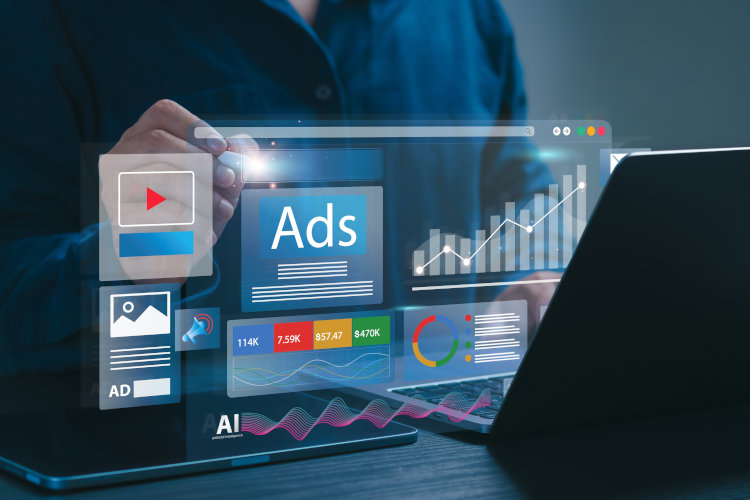Setting up Promotions for Lead Gen Campaigns on Google Ads
A lot of service businesses tend to shy away from promotions, but some clients rely on them heavily. So, knowing how to set them up correctly is crucial to running smooth, efficient campaigns.
Let’s look at how we approach setting up promotions in Google Ads and why we’ve found this strategy so effective.
First, when setting up a promotion in Google Ads, we always use Assets instead of Ad Copy. Let me explain why.
Why Use Assets Instead of Ad Copy?
You might wonder why we no longer rely on ad copy for promotions. Well, here’s the deal: when you have multiple ad groups running the same promotion, this often means multiple ad copies scattered all over the place. And it’s way too easy to forget about some of them, especially after the promotion ends. This can lead to ads promoting things that are no longer on sale, which looks unprofessional and can confuse potential customers. You want to avoid that, right?
By using assets instead, everything is centralised and much easier to manage. Plus, you can schedule start and end dates, which gives you peace of mind knowing that the promotion won’t run longer than it should.
Now, let’s talk about the key assets we use to ensure the promotion gets the visibility it deserves.
The 4 Key Assets to Use for Promotions
We use four asset types when setting up a promotion in Google Ads. Each one plays a role in ensuring the promotion gets the most exposure possible.
1. Promotion Asset
This is the most obvious one, right? It’s called the promotion asset for a reason. You can set up the promotion by going into the asset section and selecting various details like the type of promotion (monetary discount, percentage off, etc.), the final URL, and other options. A key thing here is setting the start and end dates so the promotion automatically begins and ends on schedule – no need to manually update anything. You can also add terms and conditions, which is helpful if you need to include any special clauses for your sale.
Here’s the thing, though: just having a promotion asset alone isn’t enough. Google might not show it to every potential customer. To increase your chances of the promotion being seen, you need more assets. That brings us to the next one.
2. Sitelink Asset
The site link asset is another excellent option. Typically, we create a Sitelink highlighting the promotion – think something like “20% Off” – and point it to either a specific promotion page or the same landing page. The site link appears beneath your main ad, giving users an extra reason to click. Plus, you can again schedule start and end dates, which keeps everything in check.
This little extra exposure can help catch the eye of someone searching, increasing the chance they’ll click on your ad and engage with the promotion.
3. Headline Asset
Now, this one isn’t as commonly used for promotions, but it’s truly effective. You can add the promotion right in the headline of your ad. Instead of embedding it directly into your ad copy, which can be a hassle to track across multiple ad groups, you create a headline asset for the promotion. This headline can be something like “25% Off This Week Only” or “Limited Time Offer.” You get the picture. Like with the other assets, you can set start and end dates so you won’t accidentally run the promotion longer than planned.
We usually like to set up a few different headline variations, testing which version gets the most clicks. This way, you’re still testing without the risk of running outdated promotions.
4. Description Asset
Last but not least, we also use the description asset. This adds a line to your ad’s description, further promoting the sale. You can use this space to add a bit more detail, like “Free shipping on orders over $50” or “Holiday sale – 25% off until the end of the month.” It’s simple but effective.
And yes, just like with the other assets, you can set the start and end dates. You can add up to two description lines, giving you some flexibility in how you want to talk about your promotion.
Let Google Do the Heavy Lifting
Here’s where things get really smart. By using these four assets – Promotion, Sitelink, Headline, and Description –you’re giving Google Ads multiple ways to promote your sale. The beauty of this system is that Google’s algorithm will decide which asset to show based on performance, and it will mix and match the assets to give your ad the best possible chance of catching someone’s attention. You’re covering all your bases without adding any extra stress on your end.
Not only does this improve the likelihood that your promotion will be seen, but it also ensures you’re not running the risk of outdated ads.
Wrapping It Up
So, there you have it! A straightforward, effective way to manage promotions in Google Ads using assets instead of ad copies. We hope you found this guide helpful and would give this strategy a go in your next campaign.

